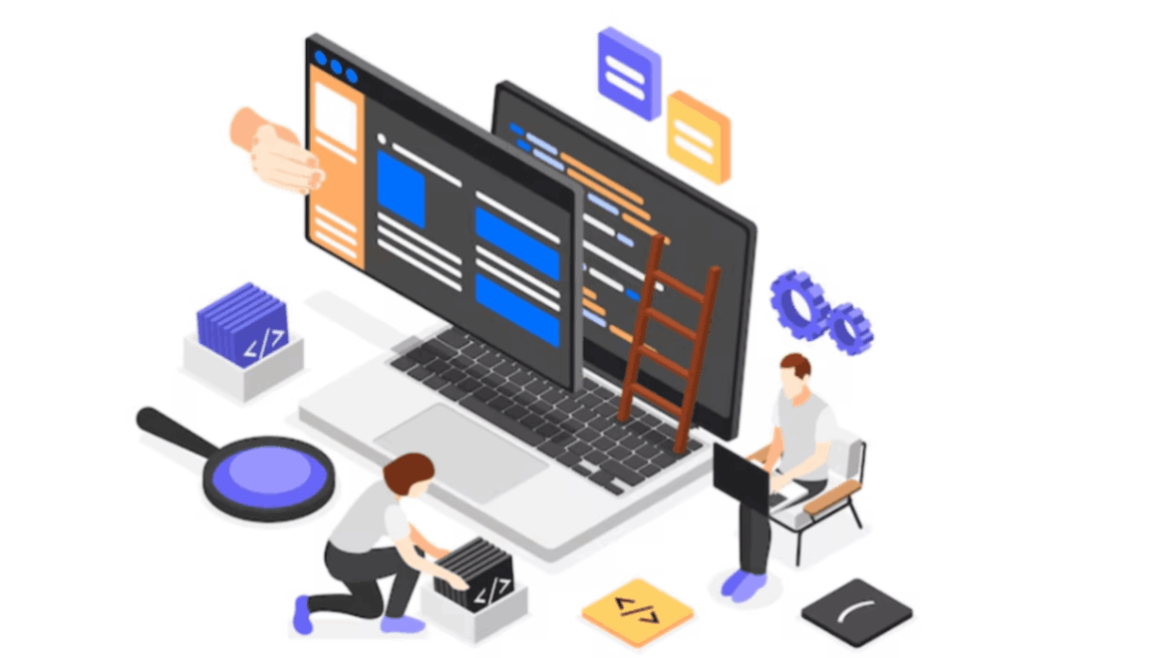In the world of software development, where speed and adaptability are key, Agile methodology has become an essential framework for creating and delivering software projects. But what exactly is Agile, and how does it impact the way software is developed today? Essentially, Agile focuses on delivering small, manageable chunks of software quickly, allowing for flexibility in response to changing requirements. It emphasizes collaboration, customer feedback, and continuous improvement.
So, are you curious about how Agile methodology fits into the larger picture of software development services? Let’s explore its role, benefits, and how it transforms the development process for both developers and clients alike.
Why Agile Methodology?
Agile is more than just a buzzword—it’s a mindset and approach that significantly changes how software projects are handled. So, why should companies embrace it? Here are the key benefits:
- Faster Time to Market: By breaking down software development into smaller, manageable increments, Agile allows teams to deliver working software more quickly.
- Flexibility and Adaptability: Agile promotes change and accommodates evolving requirements. This means that as business needs shift, developers can adjust the project direction without starting from scratch.
- Enhanced Collaboration: With Agile, communication between teams, clients, and stakeholders is constant. Regular meetings ensure everyone stays aligned with goals.
- Customer Satisfaction: Through continuous feedback and improvements, Agile ensures that the end product is more likely to meet the client’s needs and expectations.
In software development services, these benefits are critical to ensuring high-quality outputs that align with client requirements.
Key Elements of Agile
At its core, Agile methodology is driven by several key principles that distinguish it from traditional development approaches like Waterfall. Understanding these components is essential in grasping how Agile works in software creation:
- Iterative Development: Instead of building the entire project in one go, developers work on smaller parts or iterations, delivering updates regularly. This enables early testing and allows for immediate feedback.
- Cross-Functional Teams: Agile encourages teamwork across different roles (developers, designers, testers), ensuring that each aspect of the project is covered at every stage of development.
- Customer Collaboration: In Agile, the client is closely involved throughout the project, providing feedback at regular intervals to ensure the project is on track and aligned with their vision.
- Responding to Change: Unlike traditional methods that follow a fixed plan, Agile embraces changes even late in the development process. This is particularly useful in fast-paced industries where new opportunities or challenges arise often.
How Agile Transforms Software Projects
Let’s consider how these principles change the way software is created:
- Improved Focus on Quality: Continuous testing and regular updates ensure that problems are caught and fixed early, leading to a higher quality product in the long run.
- Better Risk Management: Since Agile projects are broken down into smaller chunks, it’s easier to identify risks early on and adjust accordingly.
- Clearer Priorities: Agile teams work closely with stakeholders to determine which features or updates have the highest priority, ensuring the development is focused on what really matters.
So, how does Agile methodology benefit the customer? The most significant advantage is the constant feedback loop. In traditional software development, clients might not see the product until the very end, making changes or additions difficult. With Agile, customers are involved throughout, ensuring the project evolves based on their input, rather than having to deal with costly changes later.
Agile Methodology in Action
So how does Agile actually work in practice? Let’s break it down:
- Sprints: Agile projects are broken into “sprints,” which are short, time-boxed periods during which specific features or tasks are completed. Each sprint results in a potentially shippable product increment, meaning that clients can see progress regularly.
- Daily Stand-ups: Agile teams hold short daily meetings to discuss progress, address obstacles, and plan for the day. These quick check-ins keep everyone on the same page and prevent issues from snowballing.
- Backlog: The product backlog is a prioritized list of tasks and features. Agile teams continually review and adjust this list, ensuring that they’re always working on what matters most.
Conclusion
Incorporating Agile methodology into software development has proven to be a game changer for many businesses. It leads to faster delivery, greater customer satisfaction, and improved product quality. By focusing on continuous collaboration, flexibility, and iterative progress, Agile ensures that software projects are better equipped to handle the uncertainties and changes that are inevitable in today’s fast-moving tech environment.
Ultimately, Agile brings clarity and flexibility, creating better software and a better experience for both developers and clients.

